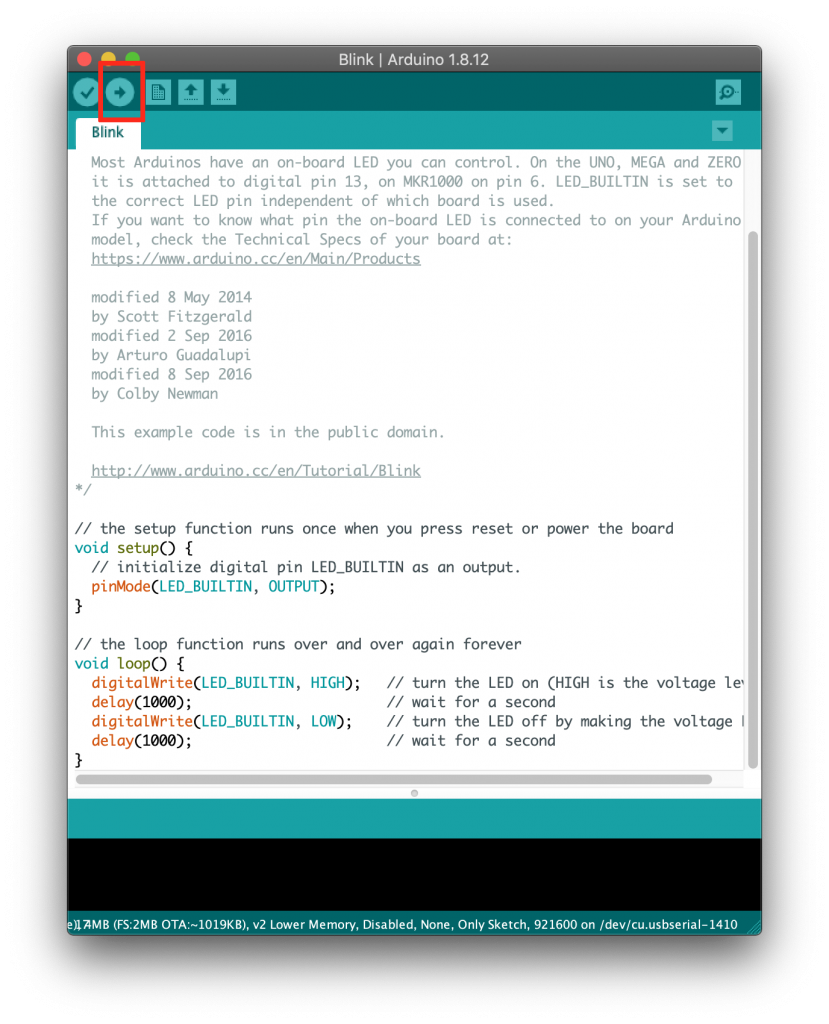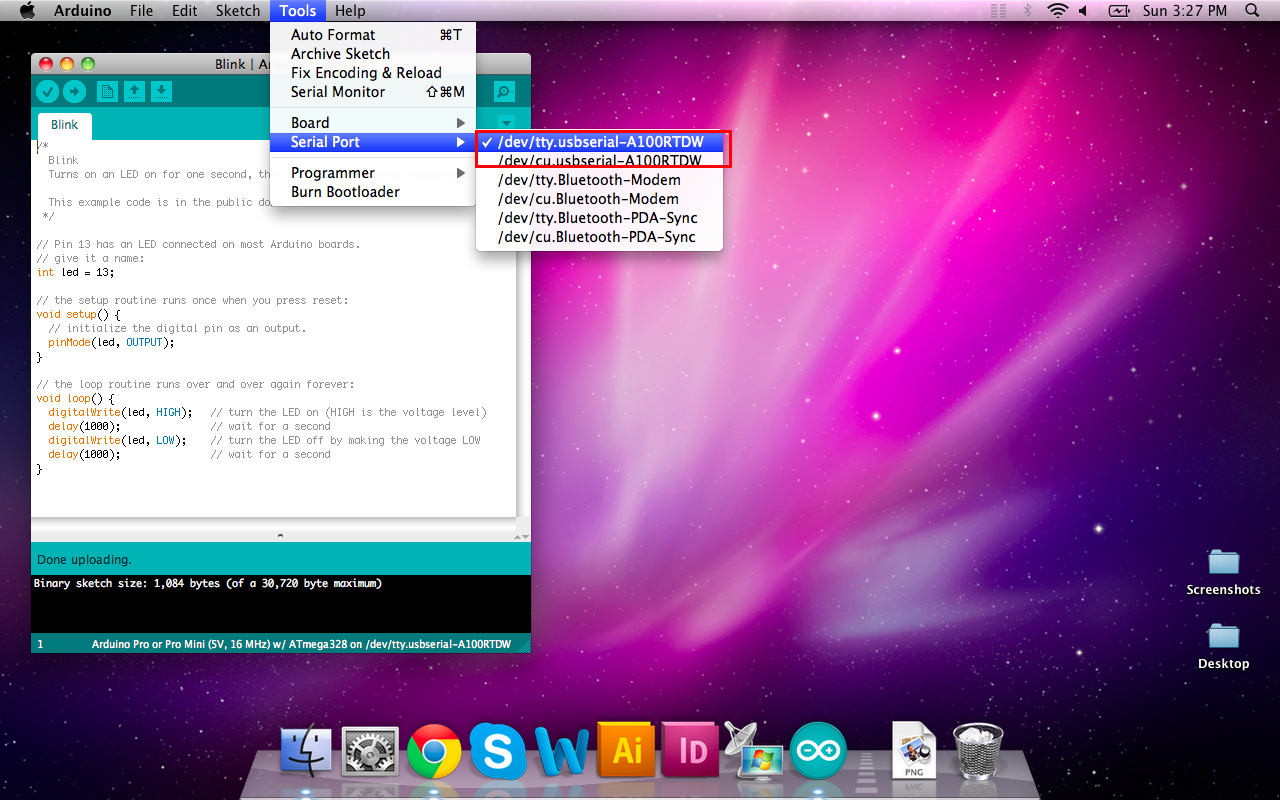
Each webhook is identified by the event name, but we can also include it in the chosen action.

IFTTT webhooks allow us to send three an event name, three arbitrary values and a timestamp. This allows us to send from a message from Arduino over the internet, which is picked up by IFTTT and turned into some other kind of action. In order to connect our Arduino board with IFTTT we will be using Webhooks. It’s completely free, head over to their website to set one up if you don’t have one yet. This will allow you to program the board with the Arduino IDE.įinally you will need an account setup with IFTTT. If this is your first time using a Wemos D1 Mini with Arduino, check out my tutorial on how to add it to the Arduino IDE first. You will also need the Arduino IDE, download the latest version from the website.

You will need an Arduino board connected to your network, for this example I will be using the Wemos D1 Mini board.Ī USB cable will be required to connect your board to a Mac/Linux/Windows machine. Once you understand the basics, you can get creative with your own application! You can of course adapt this to any service supported by IFTTT. In this tutorial we setup a simple program in Arduino and use a Wemos D1 Mini connected via WiFi to send a webhook to IFTTT, which will generate send back an email. If you are pretty competent with Arduino you might just want to head on over to my Github repository and grab the code. After several hours of research I have put together a simple yet powerful solution to send webhooks to IFTTT from Arduino. As the IFTTTWebhooks Arduino library is now deprecated and no longer works, I thought I would make my own solution.


 0 kommentar(er)
0 kommentar(er)
